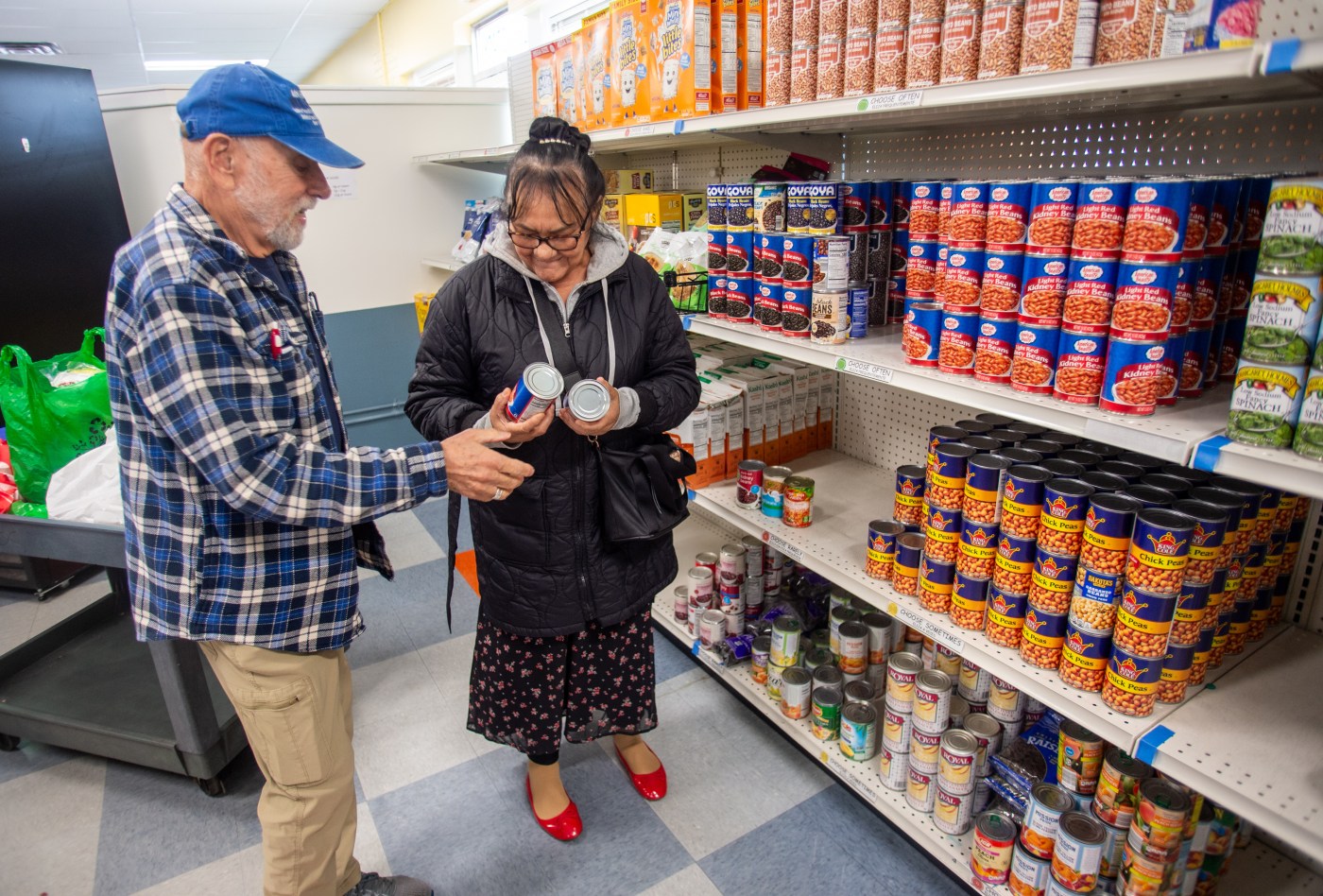A rare genetic condition that can lead to serious neurological issues is surprisingly prevalent in New Mexico, affecting many families in the region. This condition, known as cerebral cavernous malformation (CCM), is characterized by clusters of abnormally formed blood vessels in the brain that can leak and cause severe complications. For families like that of Sakura Tafoya, the impact can be life-altering.
In the fall of 2021, four-year-old Sakura was playing soccer when she attempted to strike the ball with her head. Shortly afterward, she experienced alarming symptoms: she fell, struggled to regain her footing, and slurred her speech. Her father, Jared Tafoya, recognized something was seriously wrong and called for emergency assistance.
Sakura was transported to Christus St. Vincent Regional Medical Center, where initial scans revealed a pool of blood on one side of her brain, a direct consequence of her head injury. It was soon determined that her brain harbored cerebral cavernous malformations, or CCM, a condition that affects approximately 1 in 500 people, although most remain asymptomatic. The inherited form of CCM, which afflicts about 1 in 2,500 people, is notably more common in certain populations, including those in New Mexico.
Historically, the CCM1 variant of this disorder is traced back to early Spanish settlers in the state. According to research, this genetic mutation accounts for approximately 90% of familial cases of CCM in New Mexico, compared to just 20% in other regions. Dr. Tarun Girotra, a neurologist at the University of New Mexico Health Sciences Center, noted, “We see it every day. New Mexico sees it every day.”
By the time Sakura arrived at the hospital, she had already begun seizing. Her mother, Kristina Tafoya, recounted the intense experience of watching her daughter undergo multiple medical interventions, including an airlift to a specialized facility. There, doctors discovered a cluster of leaky blood vessels just beneath the surface of Sakura’s brain, which were leaking blood into surrounding tissue.
Cerebral cavernous malformations occur when capillaries — the smallest blood vessels — develop abnormally, leading to clusters that resemble mulberries. These malformations can result in symptoms ranging from seizures and severe headaches to paralysis and even death. Dr. Leslie Morrison, a retired pediatric neurologist, emphasized the gravity of such lesions, stating that they can be “time bombs” that unpredictably bleed.
The Tafoya family’s history with CCM is not isolated. Jared Tafoya experienced recurring headaches during his military training, and imaging revealed multiple spots in his brain and spinal column. Although he was not familiar with CCM at the time, further investigation confirmed he too had the condition.
Most cases of CCM are sporadic, but around 20% are inherited in an autosomal dominant pattern. This means that a parent with the condition has a 50% chance of passing it on to their offspring. The CCM1 mutation predominantly affects Hispanic families, with research indicating that between 53% and 65% of overall CCM cases result from this genetic variant.
Sakura’s condition required careful monitoring rather than immediate surgical intervention, as the location of her brain bleed posed significant surgical risks. Fortunately, her body managed to stop the bleeding after about 24 hours. Doctors prescribed anti-seizure medication and scheduled regular MRI scans to monitor her condition.
Despite the cessation of bleeding, the cluster of leaky capillaries remains, as there is currently no cure for CCM. Research is ongoing, with recent studies funded by the National Institutes of Health exploring the links between vitamin D depletion, gut bacteria, and the severity of CCM. Dr. Morrison noted that lifestyle changes, including taking vitamin D supplements and managing blood pressure, may help mitigate some symptoms.
The New Mexico Legislature has acknowledged the need for CCM research and has provided funding for studies at the University of New Mexico Health Sciences Center. In recent years, more than $600,000 has been allocated for research and outreach efforts concerning this genetic condition.
While the clinic at the University of New Mexico is dedicated to treating the symptoms of CCM, challenges persist. Patients from rural areas face significant barriers in accessing healthcare, including long travel distances and provider shortages. Dr. Morrison, who lives in a rural community, highlighted the difficulties many families encounter in obtaining timely medical attention.
Four years after her initial brain bleed, Sakura continues to be monitored closely, undergoing annual MRI scans to track any changes in her brain. Despite her medical challenges, she leads a relatively normal life, attending third grade and nurturing dreams of becoming a tattoo artist.
As her mother prepares to commemorate Sakura’s journey by getting a tattoo inspired by her brain imaging results, the Tafoya family remains vigilant. The concern over potential future bleeds lingers in their minds, shaping their approach to activities and everyday life. Kristina Tafoya remarked, “It’ll always be in the back of our heads: Is this another rupture?” The family’s experience underscores the ongoing need for awareness and research surrounding CCM in New Mexico.







